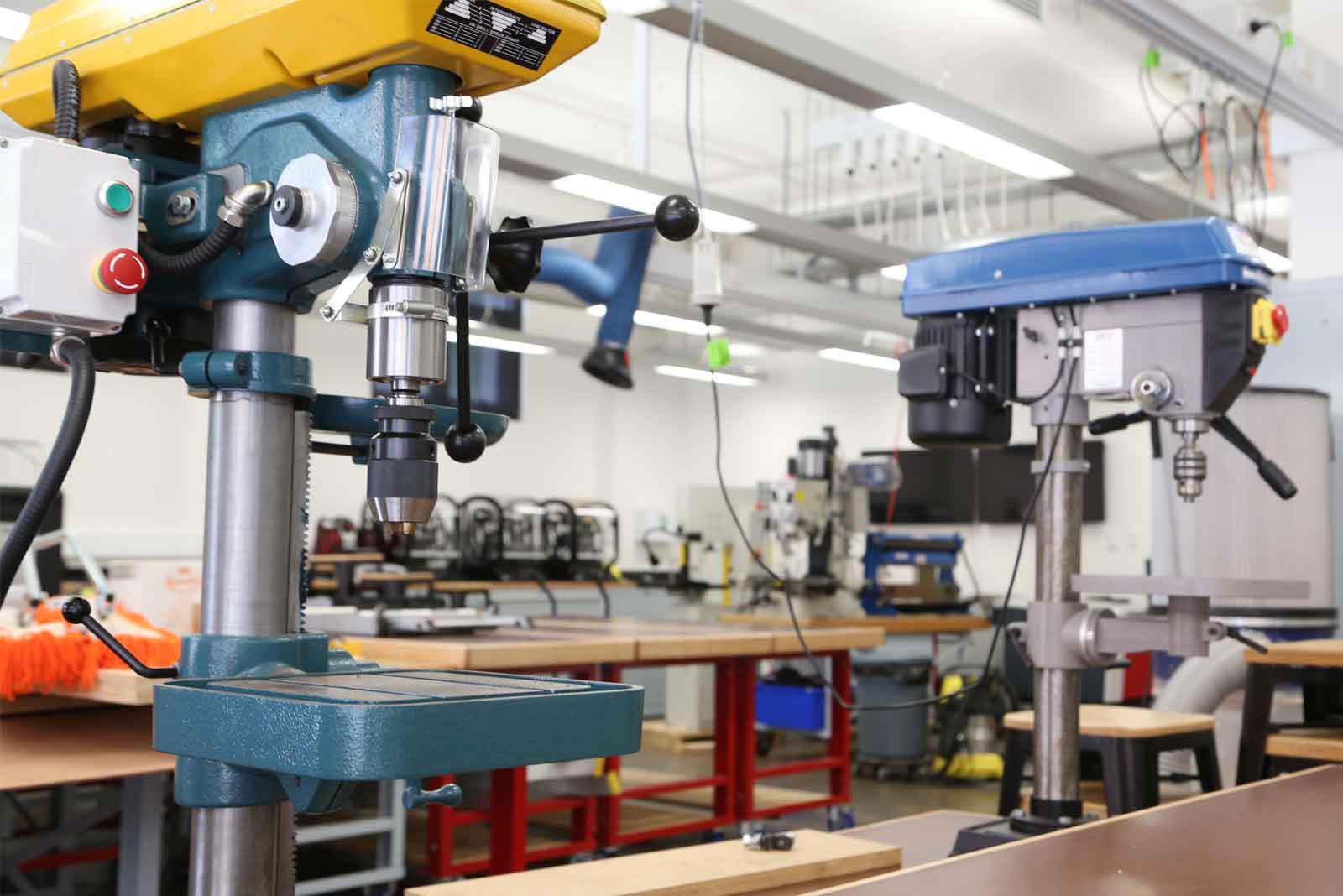Building Better Futures: Inside the Community Plastics Makerspace Revolution
In a quiet corner of our bustling community center, a new kind of workshop is reshaping how we think about plastic waste. This is the Plastics Makerspace — a creative, open-access studio where everyday people come together to transform recycled plastic into useful, durable, and re-recyclable products. Here, sustainability meets design, and circularity becomes a hands-on reality.
From Waste to Worth
The Plastics Makerspace begins with a simple idea: plastic isn’t trash — it’s a resource. Each year, Australians generate more than 2.5 million tonnes of plastic waste, with only a small fraction recycled domestically. The rest? It ends up in landfills or gets shipped overseas. The makerspace flips this narrative.
Using locally sourced post-consumer plastics, such as milk bottles, takeaway containers, and old packaging, this community hub turns discarded materials into 3D printer filament, injection-molded parts, and compression-molded panels. The tools are open-source and low-cost, inspired by initiatives like Precious Plastic — shredders, extruders, molds, and hand tools anyone can learn to use.
Circular Products With a Purpose
Rather than creating disposable novelties, the makerspace focuses on function-driven design. Members design and produce items that are useful, long-lasting, and — critically — easy to recycle again.
Some standout creations include:
- Wall-mounted hanging hooks made from HDPE bottle caps, ideal for homes, cafes, and schools.
- Furniture repair brackets and clips, extending the life of broken chairs, desks, and shelves.
- Plant holders, cable organizers, and tool racks, designed with modular parts for easy assembly and disassembly.
- Clips and joiners for community event displays and modular pop-up stalls.
All designs are shared via an open-source digital library, encouraging others to download, customize, and produce them locally.
More Than Just Products — A Movement
What makes the Plastics Makerspace truly unique is its role as a community empowerment hub. It’s not just about recycling; it’s about rethinking our relationship with materials. Regular workshops teach people:
- How to sort and identify plastic types.
- Basics of circular design principles.
- How to prototype and test functional objects.
- Safe and creative uses of small-scale fabrication tools.
School groups, local businesses, retirees, and young makers all work side by side, sharing knowledge and stories. Over time, this builds skills, social bonds, and a deeper sense of environmental ownership.
Designed to Return
A cornerstone of the makerspace is the “Designed to Return” ethic. Every item made here is labeled with its plastic type, designed in mono-material formats (to aid recycling), and accepted back at the space when broken or no longer needed.
This closed-loop philosophy ensures that nothing ends up in landfill. In fact, waste becomes the start of the next useful object — a hook today, a shelf bracket tomorrow.
What’s Next?
The makerspace team is exploring partnerships with local councils, repair cafes, schools, and sustainability-focused businesses. There’s potential to scale the model, building a network of micro-makerspaces across regions, each tailored to local waste streams and community needs.
As we look to the future, the Plastics Makerspace offers a powerful glimpse of what’s possible when creativity, sustainability, and collaboration come together. It’s a small space, with a big mission: turning plastic pollution into circular solutions — one recycled hook at a time.

